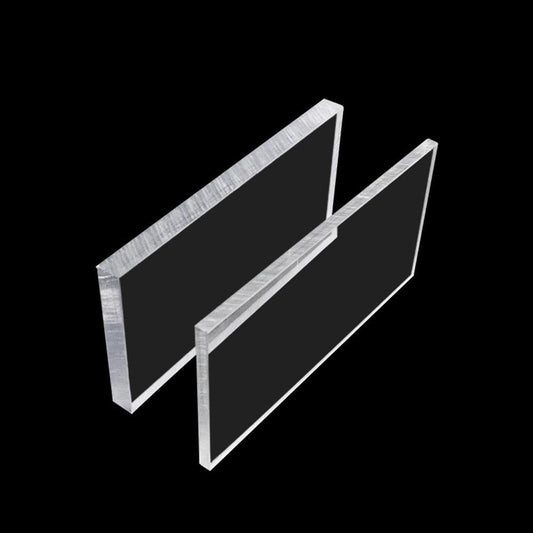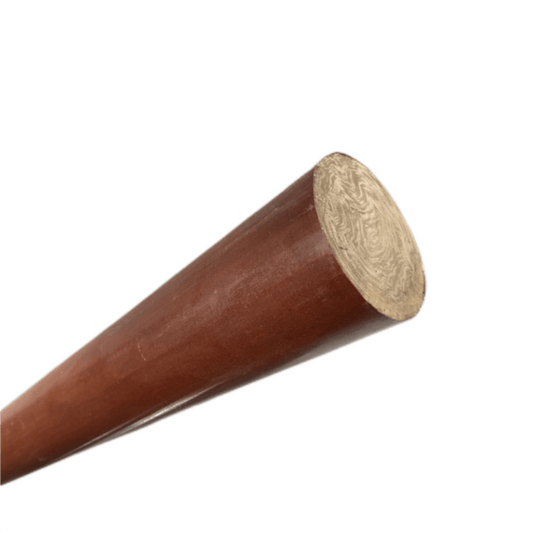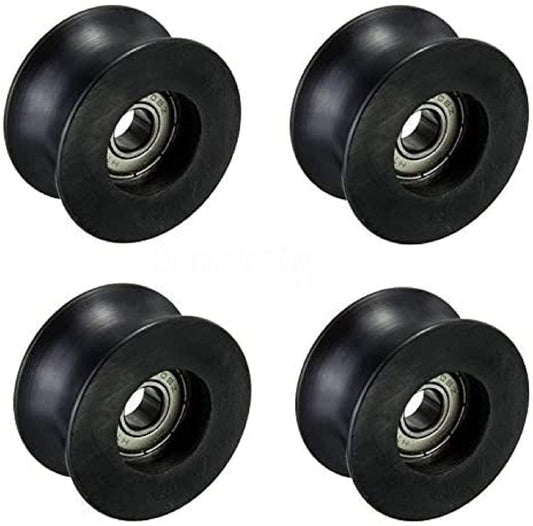Rev Up Your Manufacturing with Impact-Resistant UPE: The Future of Automotive Parts delves into the revolutionary world of UPE CNC machining and its transformative impact on the automotive manufacturing industry. This comprehensive guide begins by exploring the properties and benefits of Ultra High Molecular Weight Polyethylene (UPE), emphasizing its durability and precision in CNC machining. It then transitions into an in-depth discussion on advanced machining techniques and the latest technological innovations that enhance automotive part performance. A pivotal section on cost analysis offers a detailed look at the financial aspects, providing insights into pricing strategies and how manufacturers can secure competitive quotes from top UPE machining factories. Real-world case studies from industry leaders illustrate successful applications of UPE in the production of wear-resistant and impact-resistant parts. Lastly, the post forecasts future trends in UPE usage, highlighting potential growth areas and technological advancements that could redefine automotive manufacturing standards. This blog post is an essential read for automotive manufacturers eager to elevate their production capabilities and stay ahead in a rapidly evolving market.
🎉🎉🎉Limited Time Offer Use code: QR4GNY08SHVR at checkout and enjoy a special discount on your entire order! 👉 UPE plastic

Understanding UPE: Properties and Benefits for CNC Machining
What is Ultra High Molecular Weight Polyethylene (UPE)?
Ultra High Molecular Weight Polyethylene, or UPE, stands out in the world of plastics due to its superior properties, which make it highly suitable for CNC machining. Characterized by its long polymer chains, UPE offers exceptional strength and durability, surpassing many other materials in resistance to wear and impact. This makes UPE an ideal choice for industries where high performance and reliability are critical, such as in the manufacture of automotive parts.
Key Properties of UPE
One of the standout features of UPE is its high impact strength, which ensures that products can withstand severe conditions without deforming or breaking. Additionally, its low coefficient of friction and excellent abrasion resistance minimize wear, making UPE perfect for the high demands of automotive applications. Moreover, UPE is chemically resistant, which means it does not react easily with oils, fuels, and other chemicals commonly found in automotive environments.
Benefits of UPE in CNC Machining
When it comes to CNC machining, UPE's properties offer significant advantages. The material's consistency allows for high precision and minimal deviation, which is crucial when producing complex parts for vehicles. Its machinability allows for smoother finishes and tighter tolerances, which are essential for components that must fit perfectly and function reliably under stress.
UPE in Automotive Manufacturing
In automotive manufacturing, the use of UPE can be a game-changer. Its durability leads to longer-lasting parts, which is a major benefit for automotive companies looking to enhance the reliability and lifespan of their vehicles. Components such as gears, bearings, and bushings made from UPE are less likely to require frequent replacements, reducing maintenance costs and improving vehicle performance.
Advancing Automotive Technology with UPE
The automotive industry continues to evolve, and the integration of UPE into parts manufacturing is a testament to the industry's commitment to innovation and quality. As manufacturers seek to improve the performance and durability of their vehicles, the role of materials like UPE becomes increasingly important. By choosing UPE for CNC machining, manufacturers are investing in a future where cars are not only more reliable but also more sustainable and efficient.
By exploring the unique characteristics and benefits of UPE, manufacturers can better understand how this material can elevate the quality and durability of automotive components. The continual advancements in UPE processing technology promise even greater possibilities, making it a key player in the future of automotive manufacturing.

Advanced Techniques in UPE CNC Machining for Automotive Applications
Cutting-Edge Machining Technologies for UPE
The CNC machining of Ultra High Molecular Weight Polyethylene (UPE) incorporates several advanced technologies that enhance its application in automotive manufacturing. Modern CNC machines equipped with precision tools allow for the detailed and accurate cutting of UPE, which is essential for creating complex parts required in modern vehicles. The ability of these machines to handle UPE's tough characteristics reduces production times and increases efficiency.
Precision Tools and Techniques
Key to the success of UPE machining are the specialized tools and techniques used to handle its unique properties. Tools designed for high wear resistance and minimal friction are essential, as they prevent degradation during the machining process, ensuring a longer tool life and consistent product quality. Techniques such as high-speed milling and ultra-precision cutting are employed to maintain the integrity of UPE, preserving its inherent strength and resistance.
Enhancing Durability through Machining Practices
One of the primary advantages of utilizing advanced CNC machining for UPE is the enhancement of the material’s durability. Through precise control of machining parameters like speed, feed rate, and cooling, manufacturers can significantly extend the life of the UPE automotive parts. This precise control helps in maintaining the optimal temperature and reducing thermal stress on UPE during the machining process, which is crucial for producing parts that meet stringent industry standards for durability and performance.
Integration of Automation in UPE Machining
Automation plays a pivotal role in the efficient machining of UPE. Automated CNC systems are programmed to optimize cutting paths and adjust parameters in real-time, ensuring high precision and minimal material waste. This level of automation not only speeds up the manufacturing process but also enhances the consistency of the parts produced, which is crucial for automotive applications where every component must conform to exact specifications.
Future Prospects of UPE CNC Machining in Automotive Manufacturing
As the automotive industry continues to demand higher performance and more durable materials, the role of UPE and its machining technologies is set to grow. The ongoing development of CNC machining capabilities, including the use of AI and machine learning to further optimize the manufacturing process, indicates a future where UPE's attributes are even more integral to automotive design and production.
Exploring these advanced techniques and technologies demonstrates how the precision machining of UPE can significantly improve the quality and durability of automotive parts. This section highlights the synergy between UPE's material properties and modern CNC machining capabilities, setting the stage for future innovations in automotive manufacturing.










